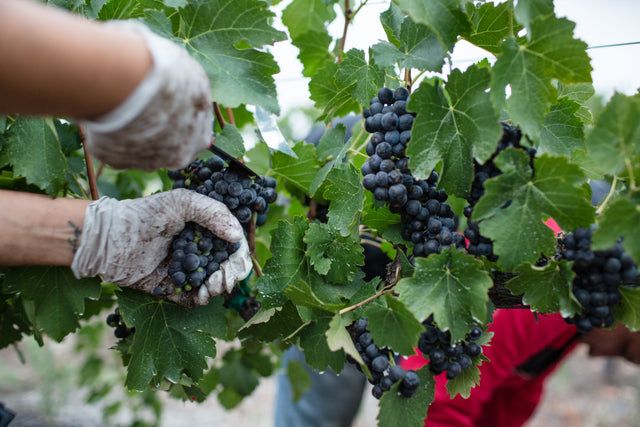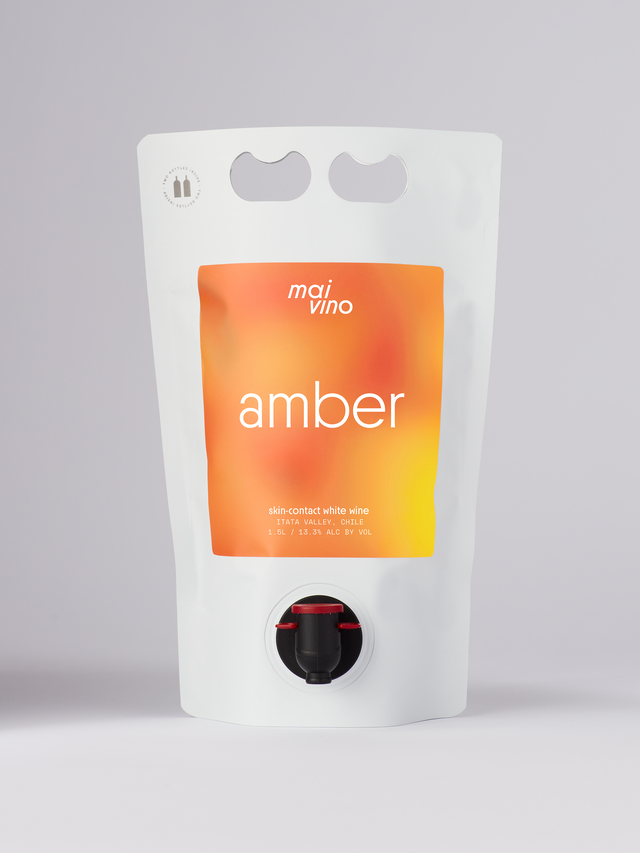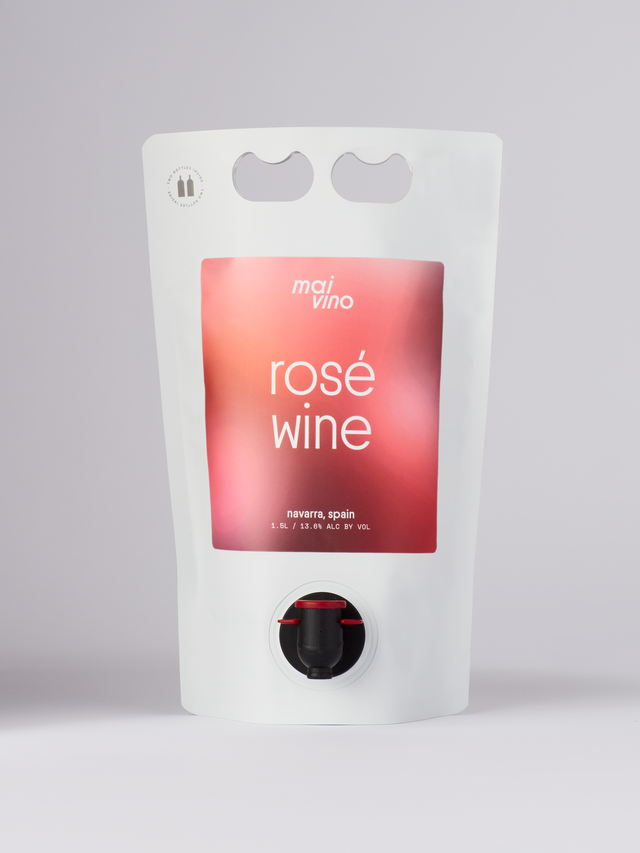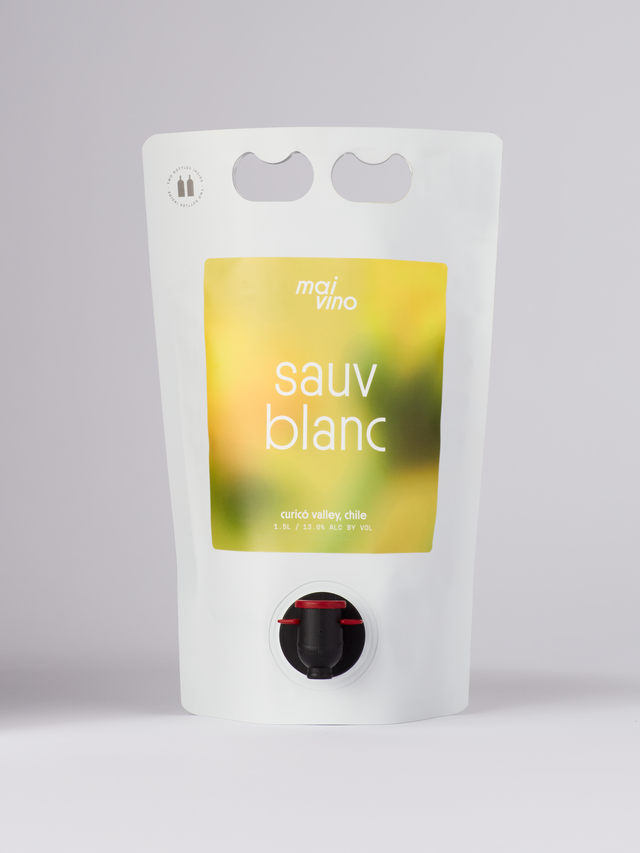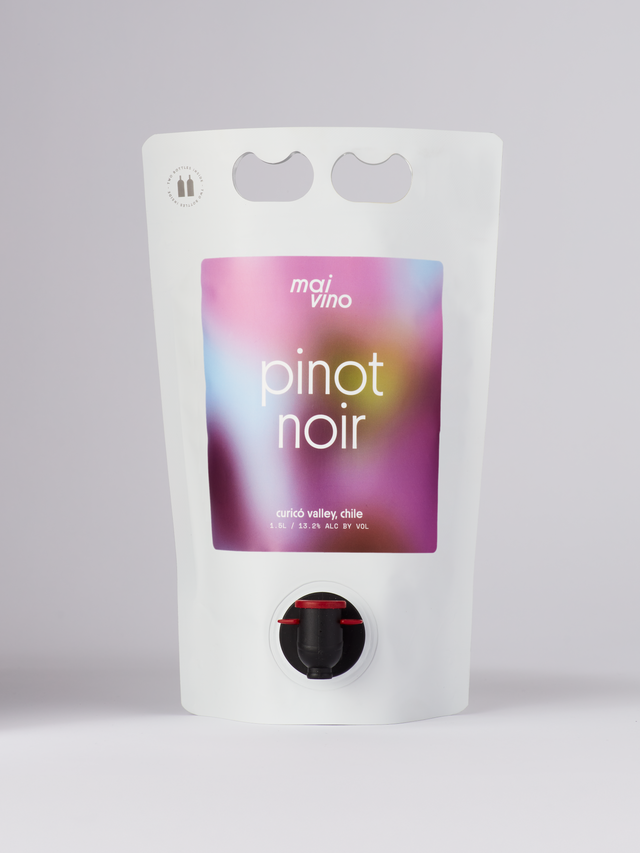Pinot Noir: A Beginners Guide
Pinot Noir is one of the most beloved red wine grapes worldwide — it has fans everywhere. And with good reason — Pinot Noir is a noble grape and source of delight.
Pinot Noir is a cool climate varietal. Unlike equally famous Cabernet Sauvignon, Pinot won’t grow anywhere but in cold pockets around the globe. Although making Pinot Noir is every winemaker’s dream, Pinot is only suitable when the climate is just right.
Let’s talk about Pinot Noir and its elegant personality. Pinot Noir is one of those wine grapes that charm inexperienced wine lovers and connoisseurs alike. At Mai Vino, our pinot noir has vibrant red berry sprinkled with white pepper notes, but traditionally they are dry, light- to medium-bodied, with bright acidity, silky tannins, and alcohol that ranges between 12–15%
Pino Noir’s Ancient History
Pinot Noir is amongst the most ancient red grapes. It probably already grew wild in Burgundy, the grape’s native home, before the Cistercian monks adopted it in the Middle Ages. The grape variety also has a notorious offspring — Chardonnay comes from Pinot Noir and is as famous as its parent.
Pinot Noir is prone to mutations; Pinot Gris and Pinot Blanc are genetic variations of the red grape, and both white grapes have been making a name for themselves — noble blood runs through their veins!
Pinot Noir is a picky grape that won’t grow anywhere, but it’s also a terroir-driven varietal; it tastes different depending on the region where it came from.
Where Does Pinot Noir Grow?
Pinot Noir is native to Burgundy in France, AKA Bourgogne. The appellation produces red wine at all price points, from approachable red Burgundy to some of the most expensive bottles in the world. Every Domaine in the region has its way of showing Pinot Noir’s virtues.
The most delicate French Pinot Noir comes from the Cote d’Or, “the Golden Slope,” and the best grapes grow in its appellations, such as Gevrey-Chambertin, Romanée-Conti and Clos de Vougeot. Several other Cru vineyards exist across the Côte de Nuits and the Côte de Beaune.
Pinot Noir also grows in the Loire Valley, in Sancerre, more famous for its mineral Sauvignon Blanc. And it is also widely used in Champagne, best represented in the region’s sparkling wine rosé, in which Pinot shares the spotlight with Pinot Meunier.
Outside France, European countries championing Pinot Noir include Italy and Germany, where the grape is known as Pinot Nero and Spätburgunder, respectively.
Pinot Noir in the New World
Pinot Noir is grown extensively outside France, becoming one of the most popular varietals in the so-called New World.
The United States makes a lot of Pinot Noir, mainly in California’s Sonoma County (Sonoma Coast), Carneros, and the Russian River Valley. Californian growers also make Pinot in the northern Anderson Valley and down south on the Central Coast — Pinot from Santa Barbara, Santa Rita Hills, and the Santa Maria Valley is getting better every vintage.
Oregon’s Willamette Valley is the source of elegant Pinot Noir. In fact, experts consider Oregon Pinot middle ground between the tart Burgundian wines and the ripe Californian examples.
New Zealand winemakers make pale but complex Pinot Noir in Central Otago, and Australia has its own Burgundy in the Yarra Valley.
Chile is one of the best sources of premium-quality Pinot Noir at a great price. Coastal regions and the central valley produce superb Pinot, and most of it is grown sustainably, so the category is gaining recognition quickly. We love Chilean Pinot.
What Kind of Wine is a Pinot Noir?
Pinot Noir wines show red fruit, red berries, and black cherry scents, typical of the varietal, but the place where the grapes are sourced, the fermentation, and aging can give the wine complexity.
As for food pairings, enjoy Pinot with grilled white meat, roasted poultry, pork, sticky ribs, sweet & sour stir-fries, and beefy stews. Pinot is as versatile as it is tempting!

